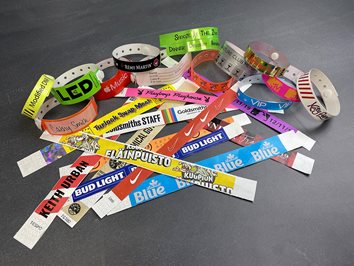Colored ribbons were some of the very first icons used to promote awareness and lend aid to various charitable topics and organizations. But in recent years, colored wristbands have solidified themselves as the popular, go-to symbols used to express support, demonstrate connections, and raise consciousness for many different causes and movements. When it comes to meaningful causes, 501(c)(3) nonprofits, corporate foundations, families, and individuals all use our colored bands to help foster education, enhance social engagement, encourage the public, and more. However, we know there are a lot of colors that represent a multitude of established affiliations, therefore we’ve provided some insight into the most commonly inquired about wristband color & cause associations below.


